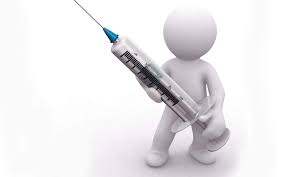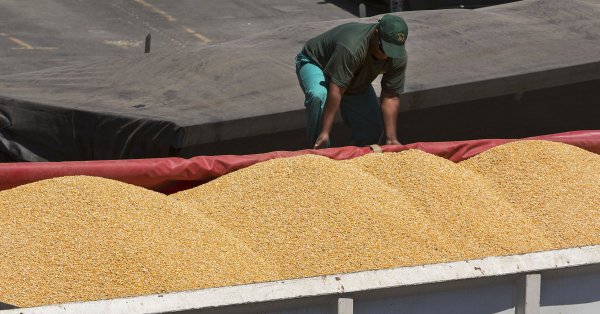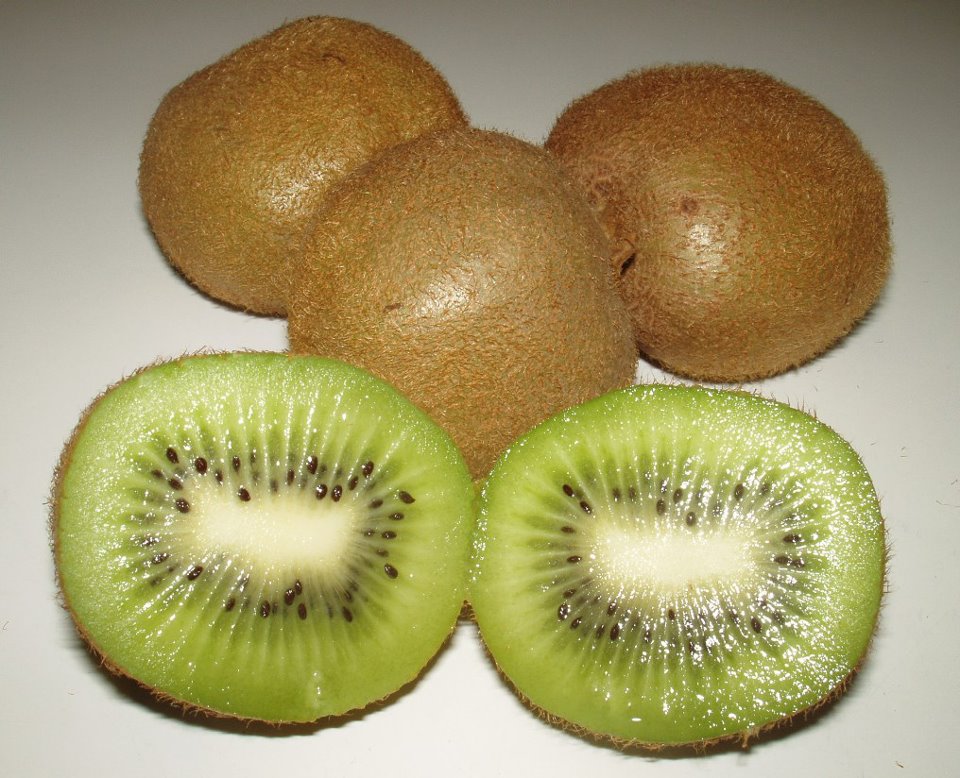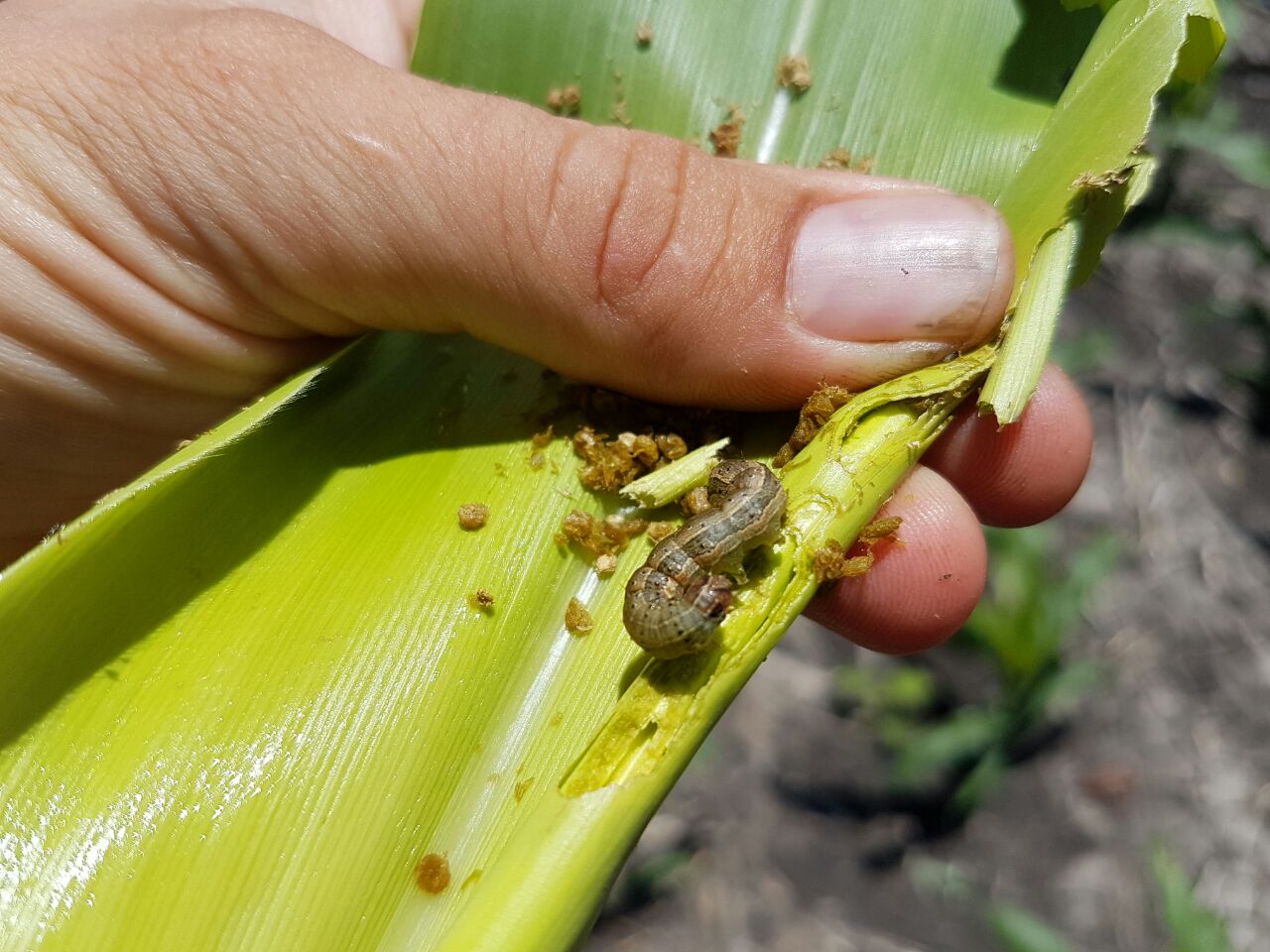The greatly excessive use of antibiotics in food production in recent decades has made many bacteria more resistant to antibiotics.
This summer’s drought has led to a significant drop of total E.U. cereal production, estimated at 8% below the last five-year average. This is just one of the findings of the latest short-term outlook report, published on Oct. 3 by the European Commission.
Predicting how much grain a farmer will have at the end of the season informs loans, the logistics for companies to transport grain out of the farms, crop insurance, and a farmer’s basic economic well-being. The current “gold standard,” according to the University of Illinois’s press release, is the USDA’s World Agricultural Supply and Demand Estimates, or WASDE.
Namibia set to follow South Africa’s lead with their own land expropriation plans
- Africa Continent
- Hits: 2238
Namibia President Hage Geingob vowed Monday to push ahead with land redistribution, echoing the government of neighbouring South Africa, where the issue has become a fierce political battleground.
Australia: Seeka warns of possible Psa detection in Victoria kiwifruit orchard
- Africa Continent
- Hits: 1676
New Zealand-based kiwifruit grower Seeka has warned that it may have found the vine disease in an orchard it is developing in the Australian territory of Victoria.
Fighting fall armyworm requires global efforts as the pest could spread to more countries, warn scientists.
Within the past two years, fall armyworm has spread to 44 countries in Sub-Saharan Africa, threatening the food security of about 200 million people who depend on maize as a staple food crop, experts say.
Newsletter Subscribe
AGRI NEWS NET "LIVE" FEED
- Pesticides banned in Europe, deemed too dangerous for use there, are still produced on European soil and exported to countries like South Africa, where they harm farm workers. Dina Ndelini, a vineyard worker near Cape Town for over 40 years, lost her health, job, and home after exposure to Dormex, a chemical containing cyanamide, banned in the EU since 2009 but widely used in South Africa. Despite the ban,
- The second round of our initiative that prepares the platform for women in the broader agricultural sector to share their views, opinions and ideas will soon be kicking off. Are you ready - 30th April 2025
- Say Goodbye to Pests: Essential Oils That Naturally Repel Bugs-Tired of bugs invading your space? Essential oils are a natural and effective way to repel common household pests—no harsh chemicals required! Here’s a quick guide to which oils work best against different bugs:
- Dis is opvallend dat die kwaliteit van leiers wereldwyd afneem. Daar is min wereldleiers wat werklik integriteit en leierskap toon.Meeste van die lande in die wereld se sogenaamde leiers is nie instaat om hulle lande suksesvol te bestuur en daarby saam eenheid in hulle lande te bewerkstellig nie.Standvastigheid en leierskap ontbreek totaal en al. Nie een dwing enigsins respek en vertroue af nie.
Popular News Tags
AGRI NEWS NET AUDIO CAST Feeding-
- Nicotine, a natural compound found in tobacco plants, has long been a subject of debate.
- The Future of Young Upcoming Farmers in South Africa and Africa in 2030
- AGRI NEWS RUSH - News Headlines of the Week 04/04/2025
- The Influence and Consequences of the Import Tax Introduced on April 2, 2025, by the USA on South African Goods, Food, Fruit, and Wine
- Potato Production in the World in 2025: The Impact of Water, Climate Change, and Input Costs
- The Consequences of Uninformed Organ Removal:
- Young Farmers and Their Fathers in South Africa’s Family Farming Environment of 2025
- The Peanut Market in South Africa and Globally: Costs, Labor, Prices, and Climate Change

















